Why Notifications Feel Like Rewards: The Psychology Behind App Design
We’ve all been there… working or relaxing, when suddenly our phone buzzes. That small notification icon, that red dot, that vibration — it instantly captures our attention. But why? What makes these little pings so powerful? Why do they feel… good?
The answer lies in the clever intersection of psychology, neuroscience, and app design.
The Brain’s Reward System: A Dopamine Loop
At the core of this phenomenon is a chemical called dopamine. Dopamine is often called the “feel-good” neurotransmitter. It’s released when we experience something pleasurable — like food, compliments, or success. But here’s the twist: dopamine spikes not just when we receive a reward, but when we anticipate one.
Notifications take advantage of this. When we hear a ding or see a pop-up, our brain says, “Ooh, something good might be happening.” That possibility — a message from a friend, a like, a comment — triggers dopamine release.
This is part of what’s known as a variable reward system — the same principle used in slot machines. You don’t win every time, but the uncertainty keeps you hooked. Sometimes the notification is boring, but sometimes it’s exciting — and your brain chases that feeling.
FOMO: The Fear of Missing Out
Another trick that apps tap into is FOMO — the fear of missing out. When your phone buzzes, your brain doesn’t want to be left behind.
Social apps especially leverage this. A missed message or a social tag can create anxiety. This isn’t by accident — it’s a design strategy to pull you back into the app as quickly as possible.
The Cost of Constant Rewards
While notifications can feel rewarding, there’s a downside. Constant interruptions can fragment your attention, increase stress, and reduce productivity. Over time, your brain becomes conditioned to seek stimulation — making focus and deep work harder.
Some researchers even compare excessive notification checking to digital addiction, with users compulsively checking for the next dopamine hit.
So, What Can You Do?
Understanding the psychology behind notifications can help you take control:
Turn off non-essential alerts.
Batch-check your messages at specific times of day.
Use focus modes or app timers to regain control.
Reflect: Ask yourself why a notification made you feel good — was it the message, or just the idea of one?
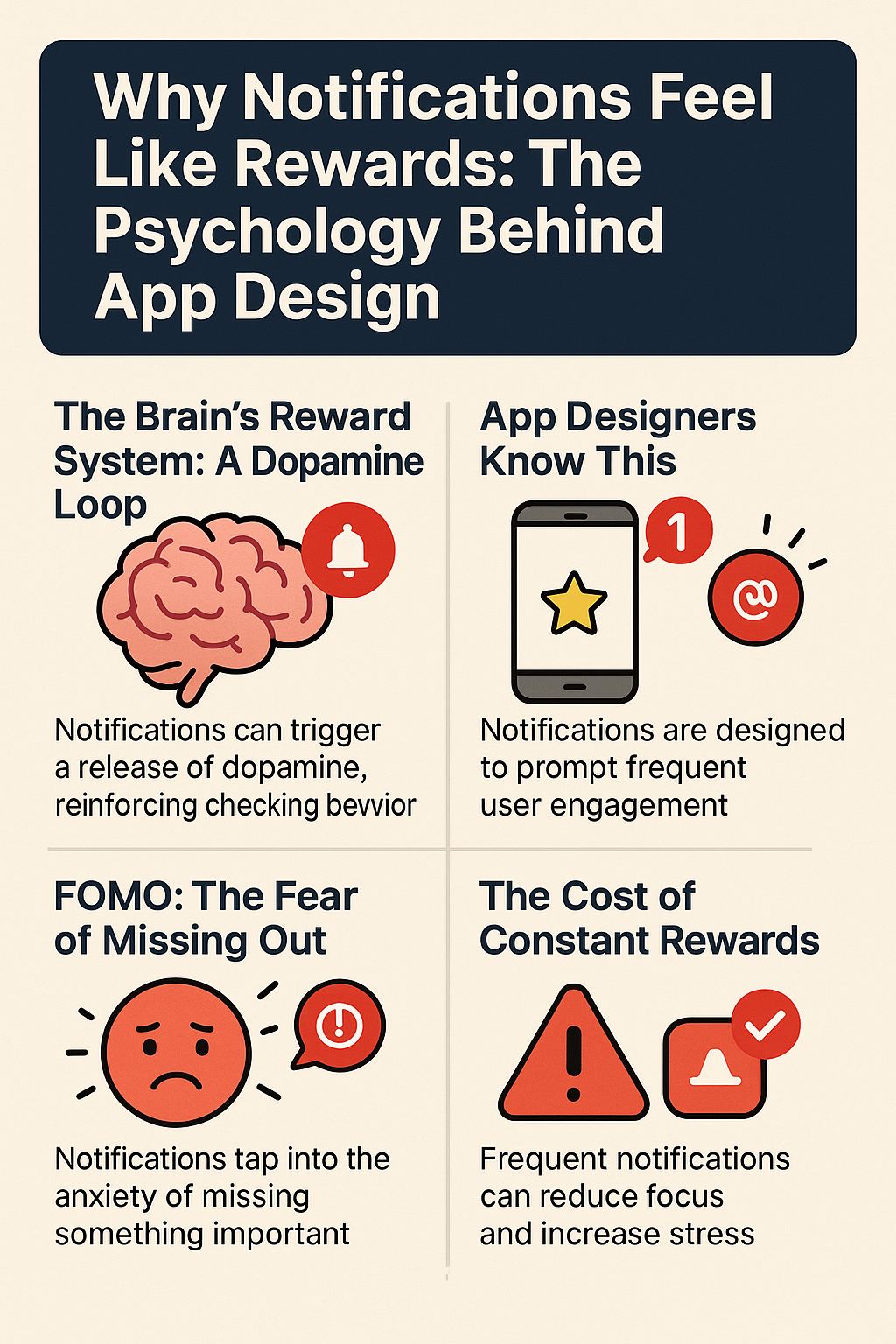

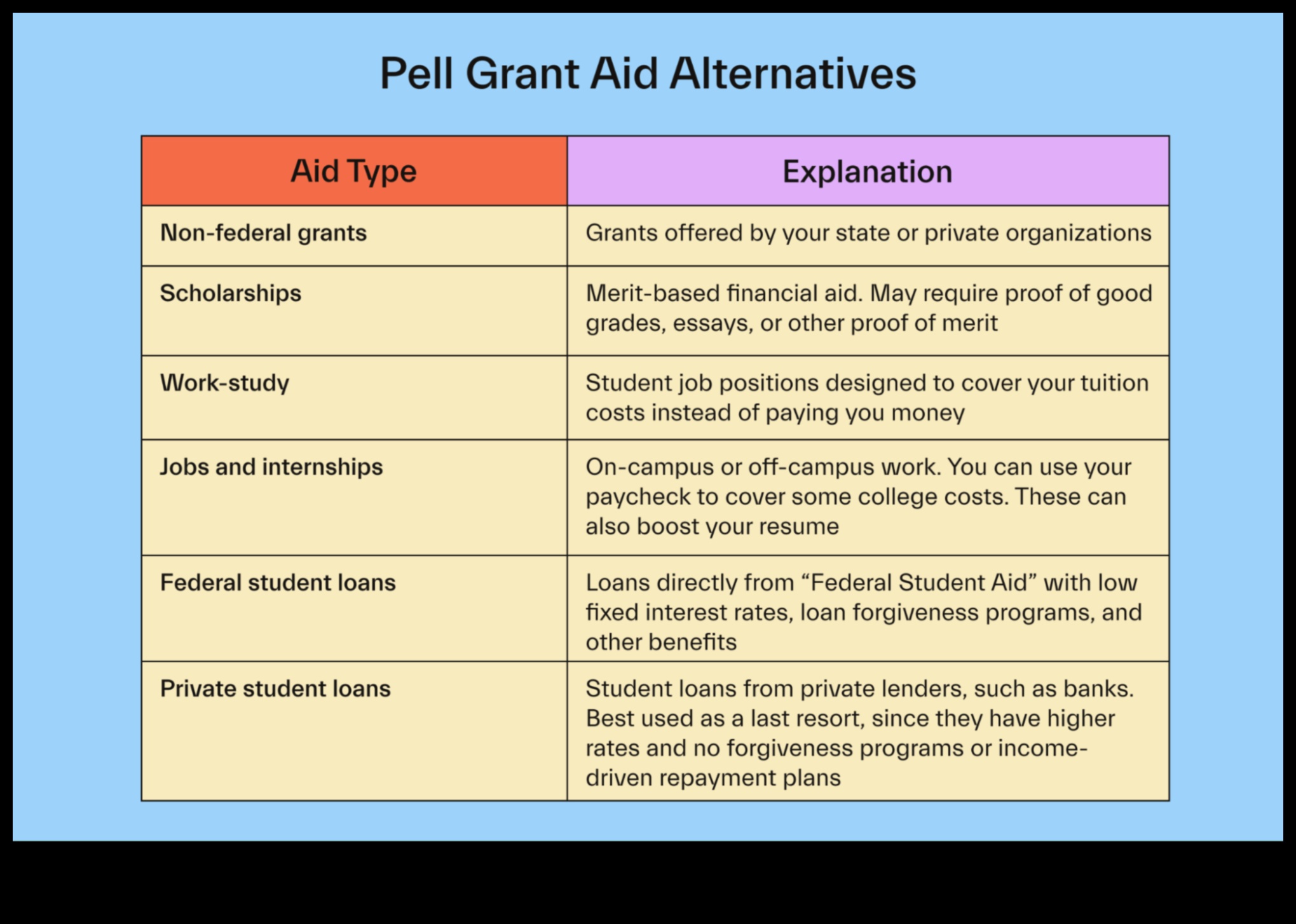
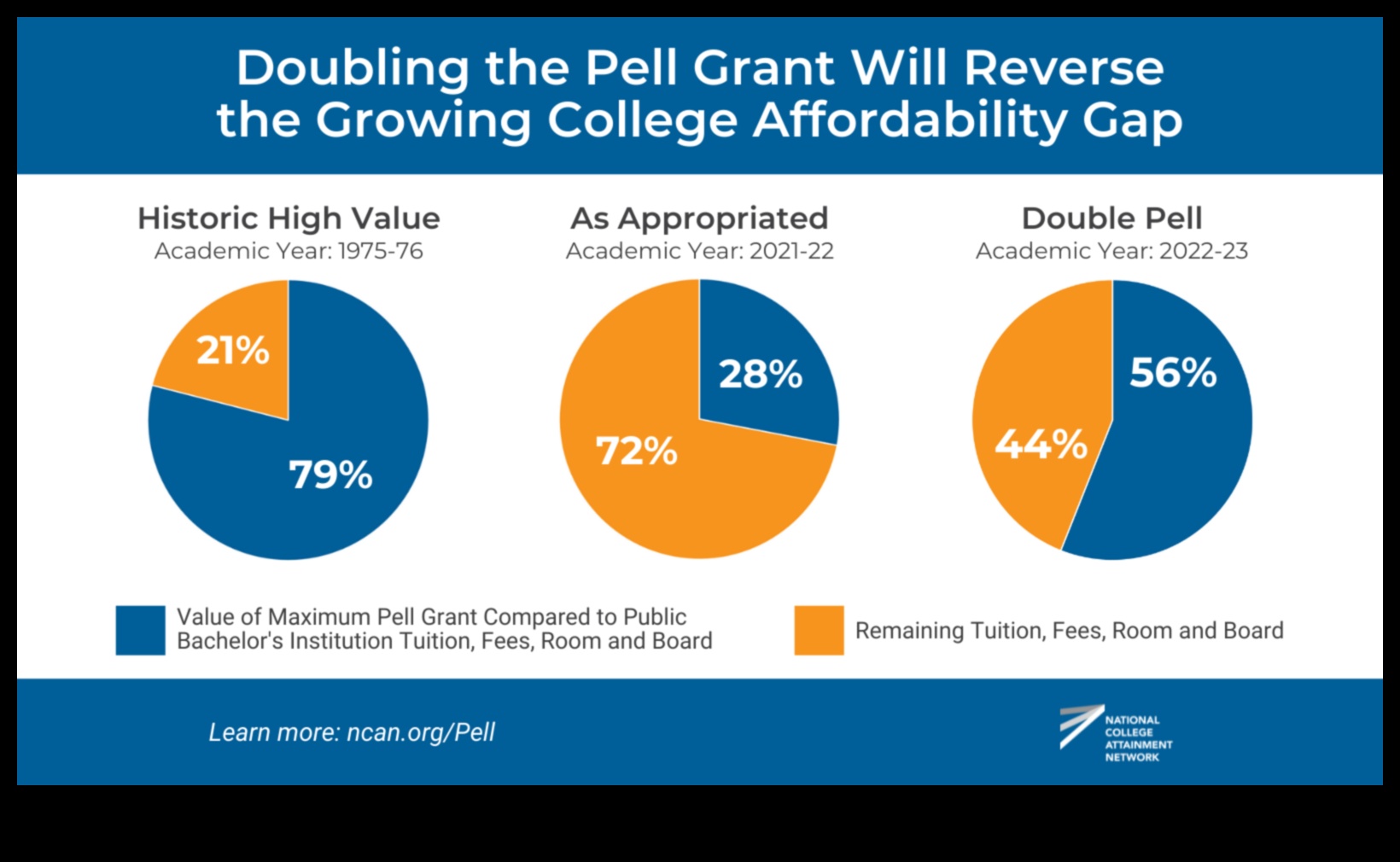
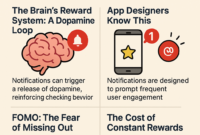

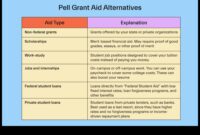







Post Comment
You must be logged in to post a comment.